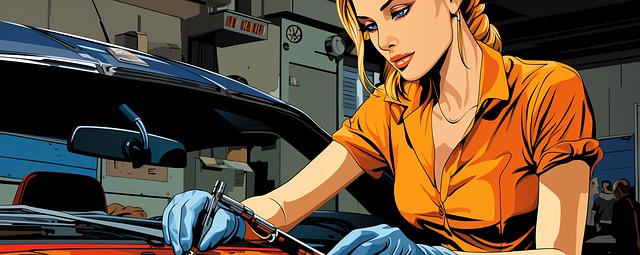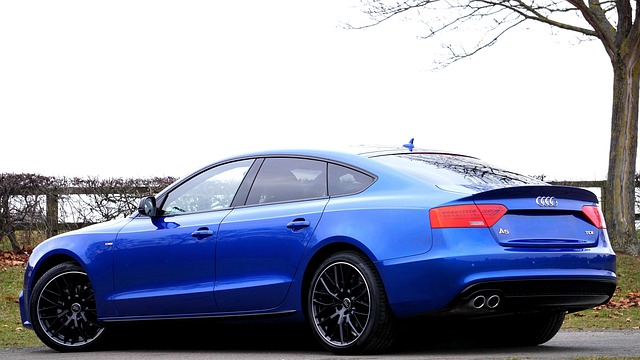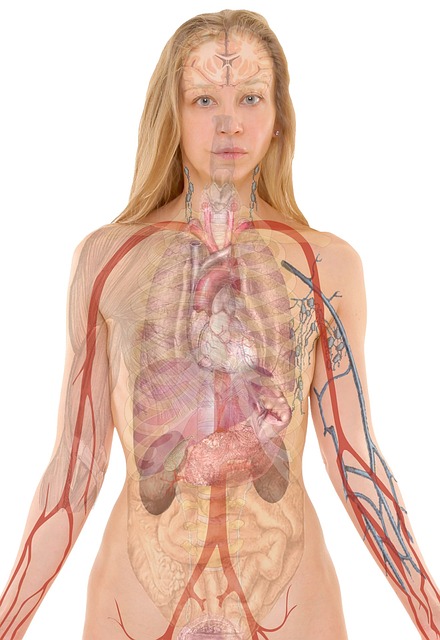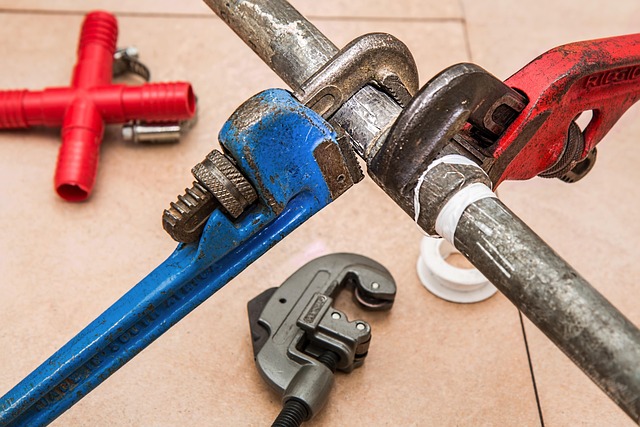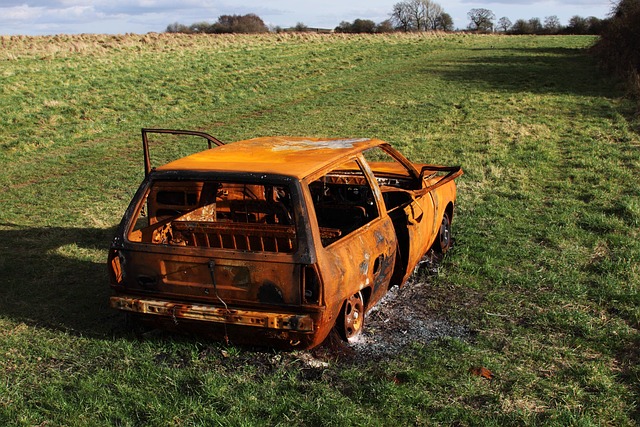PDR equipment, or paintless dent removal tools, is a specialized set of precision instruments for non-invasive auto body restoration. These tools allow technicians to correct various damage, from minor dents to complex body line imperfections, without painting or replacing vehicle panels. A comprehensive PDR kit includes tailored toolsets, advanced technology like LED lights and polishers, protective gear, and repair guides. Best practices for using PDR equipment include maintaining clean tools, degreasing damaged areas, and employing precise techniques with gentle pressure in small sections for high-quality fender repair services.
In today’s automotive industry, flawless body repairs are crucial for customer satisfaction. Professional Detailing Repair (PDR) equipment plays a pivotal role in achieving complex crease and body line repairs with precision and efficiency. This article delves into the world of PDR technology, exploring essential tools and techniques to master intricate repairs. From understanding specialized equipment to implementing best practices, we guide you through the process, empowering you to deliver exceptional results using PDR equipment for challenging automotive restoration tasks.
- Understanding PDR Equipment for Complex Repairs
- Key Components of a Comprehensive PDR Kit
- Best Practices for Using PDR Equipment Effectively
Understanding PDR Equipment for Complex Repairs
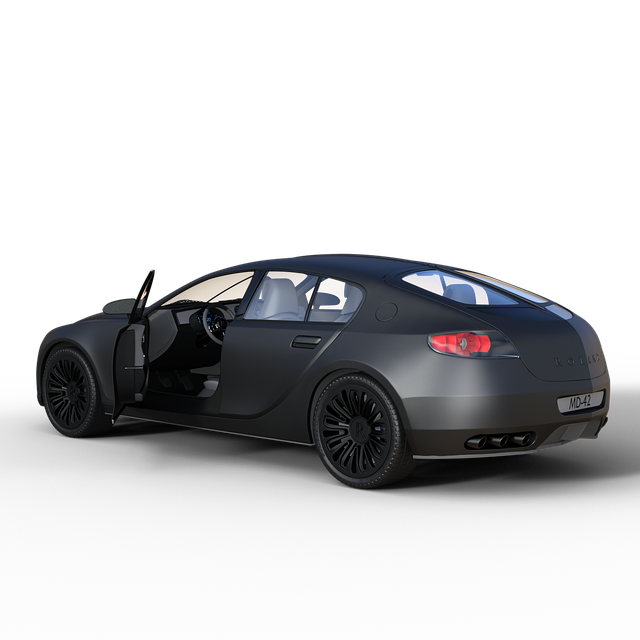
PDR equipment is a specialized set of tools designed for plastic deformation repair, also known as paintless dent removal (PDR). It’s a non-invasive auto body restoration technique that has revolutionized the auto detailing industry. This method allows technicians to effectively correct dents and creases without painting or replacing panels, making it ideal for complex repairs on both exterior and interior vehicle surfaces.
Understanding PDR equipment involves recognizing its versatility in handling various types of damage, from minor dings and creases to more severe body line imperfections. Advanced PDR tools utilize precision engineering to apply controlled pressure and force, reshaping the dented area back to its original factory specifications. This process not only restores the vehicle’s aesthetic appeal but also maintains the integrity of its structural elements, making it a preferred choice for those seeking high-quality auto body restoration services without the need for frame straightening.
Key Components of a Comprehensive PDR Kit
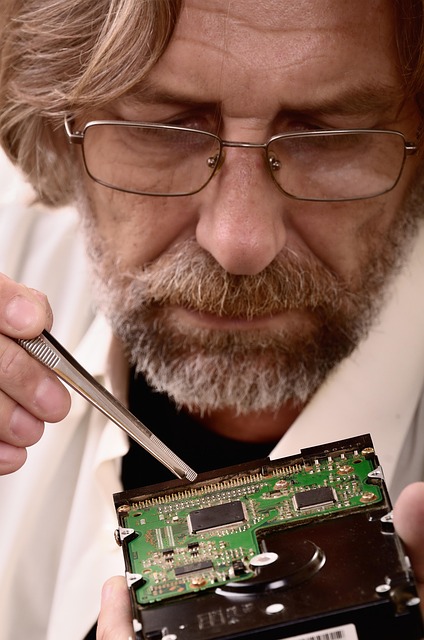
A comprehensive PDR (Paintless Dent Repair) kit is an essential toolset for any automotive body shop or auto collision center aiming to offer top-tier vehicle restoration services. Key components include a variety of dent removal tools tailored for different types and sizes of dents, as well as a selection of tampers and applicators designed to ensure precise and effective paintless repair. The right PDR equipment also incorporates advanced technology like LED lights for improved visibility during intricate repairs, and high-quality polishers that facilitate seamless integration of the repaired area with the rest of the vehicle’s body lines.
Additionally, a well-rounded kit should feature protective gear such as gloves and eye wear, along with various types of putty and filler materials to address different degrees of damage. The inclusion of detailed repair guides and how-to videos specific to common automotive body shop issues can also enhance the kit’s utility, making it an indispensable asset for any professional seeking to master paintless dent repair techniques in their auto collision center.
Best Practices for Using PDR Equipment Effectively

When utilizing PDR equipment for complex crease and body line repairs, adhering to best practices is essential for achieving professional results in an auto repair shop or automotive body shop. Start by ensuring your tools are clean and well-maintained to prevent debris from damaging the paint surface during the fender repair process. Proper preparation of the damaged area, including degreasing and sanding, creates a smooth base for efficient PDR techniques.
For precise and effective crease repairs, use specialized tools designed for different curves and angles. Work in small sections, applying gentle pressure to avoid further damage or creating new creases. Consistent practice and precision are key to mastering PDR equipment, ensuring that your automotive body shop remains competitive and offers high-quality fender repair services.
PDR equipment has proven to be an indispensable toolset for achieving precise and effective complex crease and body line repairs. By understanding the key components and best practices outlined in this article, you’re now equipped to tackle a wide range of automotive dent repair challenges with confidence. Investing in a comprehensive PDR kit and mastering these techniques will not only enhance your repair capabilities but also ensure customer satisfaction through superior results.



